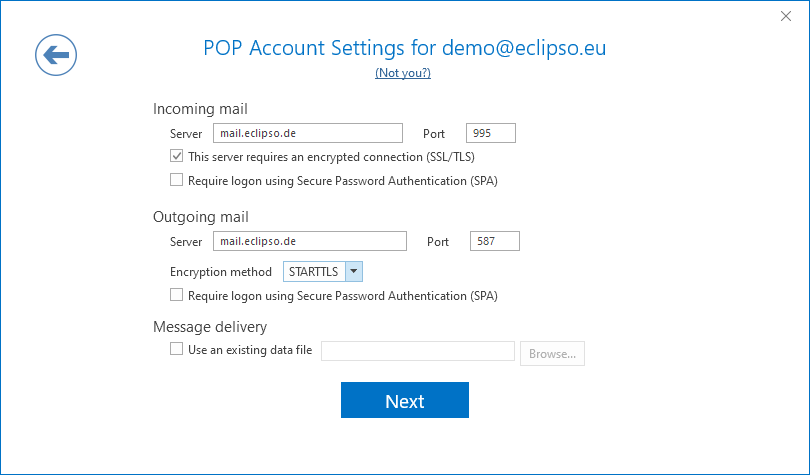

We recommend using Office Online Server to enhance the attachment experience for Outlook and Outlook on the web users.


This post covers the manual steps required to perform a migration. In previous posts, we discussed the benefits of using the Exchange Deployment Assistant to plan and perform your migration. Here are a few references that will be useful to you throughout your migration:Īlso, be sure to download the Exchange 2019 Sizing Calculator to correctly determine your Exchange 2019 hardware requirements. That said, please plan your migration carefully and include all aspects of the environment, bearing in mind that some of the steps below may or may not apply to your situation (we will err on the side of over-communicating details). It’s important to note that because of the many different possible topologies and configurations for Exchange 2013, we can’t cover all migration scenarios, but the common steps are included here. We wanted to provide Microsoft’s best practices for preparing and planning your migration from Exchange 2013 to Exchange Server 2019. If your migration is still ahead of you or nearing completion, then this post is for you. Time is up for Exchange Server 2013, and you should be finalizing your migrations.


 0 kommentar(er)
0 kommentar(er)
